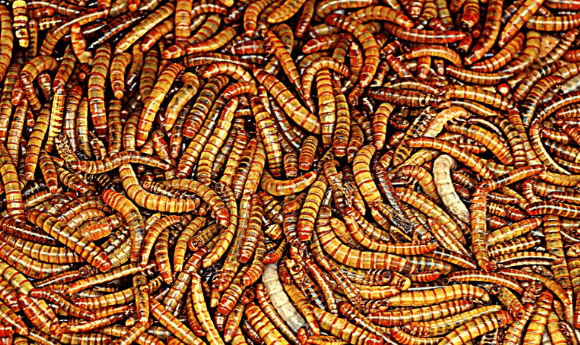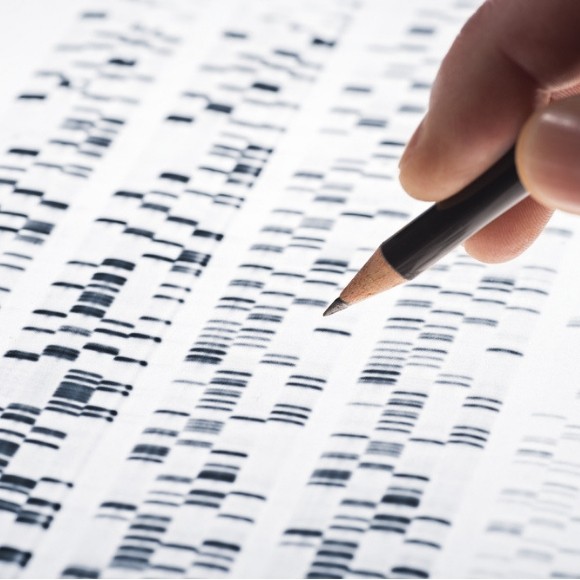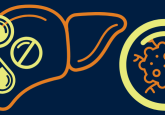Maggots are on the case: new method speeds up forensic entomology

Researchers have developed a novel method for identifying maggot species that are commonly utilized in forensic entomology.
Maggots have long been utilized in forensic entomology for determining the time of death of a corpse, or even estimating when maltreatment began in abuse cases. This requires accurate determination of insect species identity, which can be a time-consuming, resource-intensive process that must be performed by a trained entomologist.
Now, a research team from the University at Albany and John Jay College of Criminal Justice (both NY, USA) have devised a new molecular maggot analysis method that is quicker, easier and less subjective than traditional methods. This technique could help to advance forensic entomology and increase its usefulness in real-life cases.
In brief, maggots are useful in forensic entomology as blowflies will lay their eggs on decomposing tissue within a very short time of death occurring. The emerging larvae, maggots, will then feed on the decomposing tissue and forensic investigators can determine the time of death by analyzing the maggot species present and what life stage they are in.
The problem arises when a body is infested with eggs and larvae from many different maggot species, all mixed together. Since it is hard to determine one larvae species from another, they are usually reared to adulthood so that they can be more reliably identified. It is this stage of the process that is the most time and resource consuming and, therefore, is the stage the team hoped to improve.
 Can modern DNA sequencing solve history’s greatest murder mystery?
Can modern DNA sequencing solve history’s greatest murder mystery?
Two geneticists declare the case of Jack the Ripper solved, having used mitochondrial DNA analysis to supposedly identify the notorious killer.
Described in a recent article published in Analytical Chemistry, the novel method utilizes direct analysis in real time-high resolution mass spectrometry to provide molecular information about multiple different combinations of maggot species.
They then developed an aggregated hierarchical conformal predictor and applied it to a hierarchical classification tree that was trained against the data. This enabled multispecies identification of maggots from mixtures of up to six species, with confidence limits between 80 and 99%.
These results demonstrated that this method could be highly useful for fast and accurate determination of maggot species in field-derived samples. This could revolutionize the field of forensic entomology by allowing the process to be more accessible and manageable.





